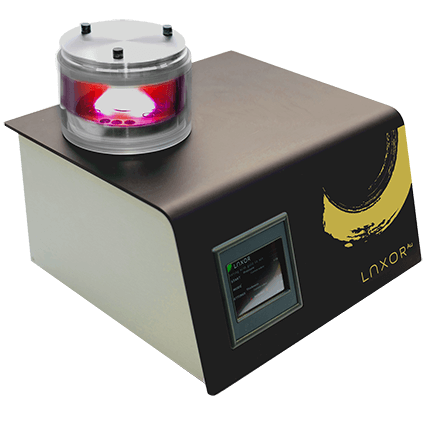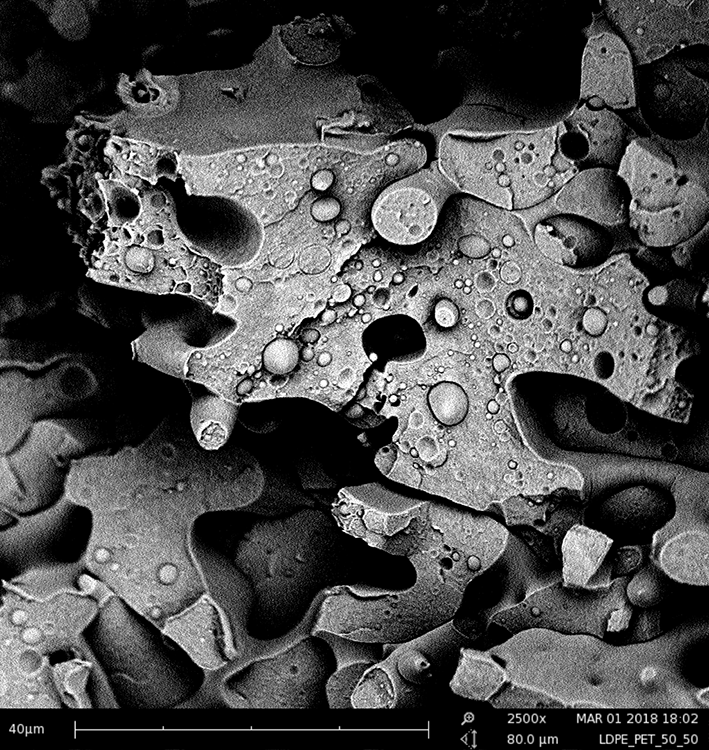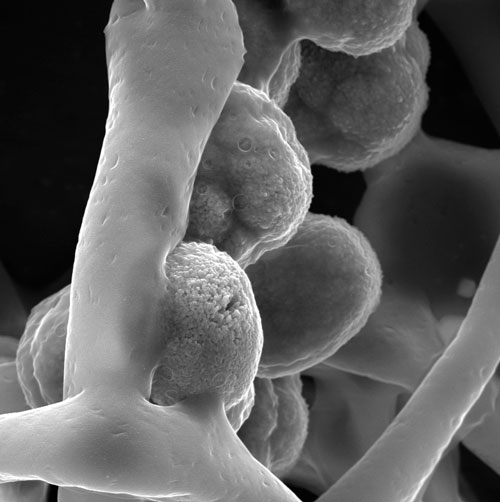Microscopy of plastics with the Phenom ProX Desktop SEM
Fast and accurate SEM defect analysis
Whether researchers are working on performing plastic defect analysis or monitoring microplastic contamination, they need a fast and accurate way to analyze their samples. The Thermo Scientific Phenom ProX Desktop Scanning Electron Microscope (SEM) meets this need and is a fast and flexible instrument for examining various plastic samples with minimal sample preparation.
One research laboratory using the Phenom ProX Desktop SEM is the Material and Fault Analysis Department of the Kunstoff-Institut Lüdenscheid in Germany. The laboratory conducts more than 1,000 studies annually, examining the texture, morphology, orientation and other characteristics of a wide range of plastics to determine the cause of failure of plastic parts.




